
Polished concrete floor costs depend on the size of the area you’re targeting and the style of concrete floor. Our guide breaks down all the cost factors.
Don’t be floored when calculating your needs


In general, buy 10% to 15% more flooring than you need.
For laminate, vinyl, or tile, you may only need 5% extra.
Purchasing extra flooring costs about $12.50 per square foot.
Extra flooring covers you in case of installation mistakes.
You can also hold on to extra flooring for future repairs.
You’ve calculated the room size and determined how many boxes of new flooring materials you need. But before you bring your haul to the register at the home improvement store, make sure you’re factoring in extra materials to cover you in case of defective floor materials or installation mistakes. If you’re not sure exactly how much extra flooring to buy, our guide breaks it all down.
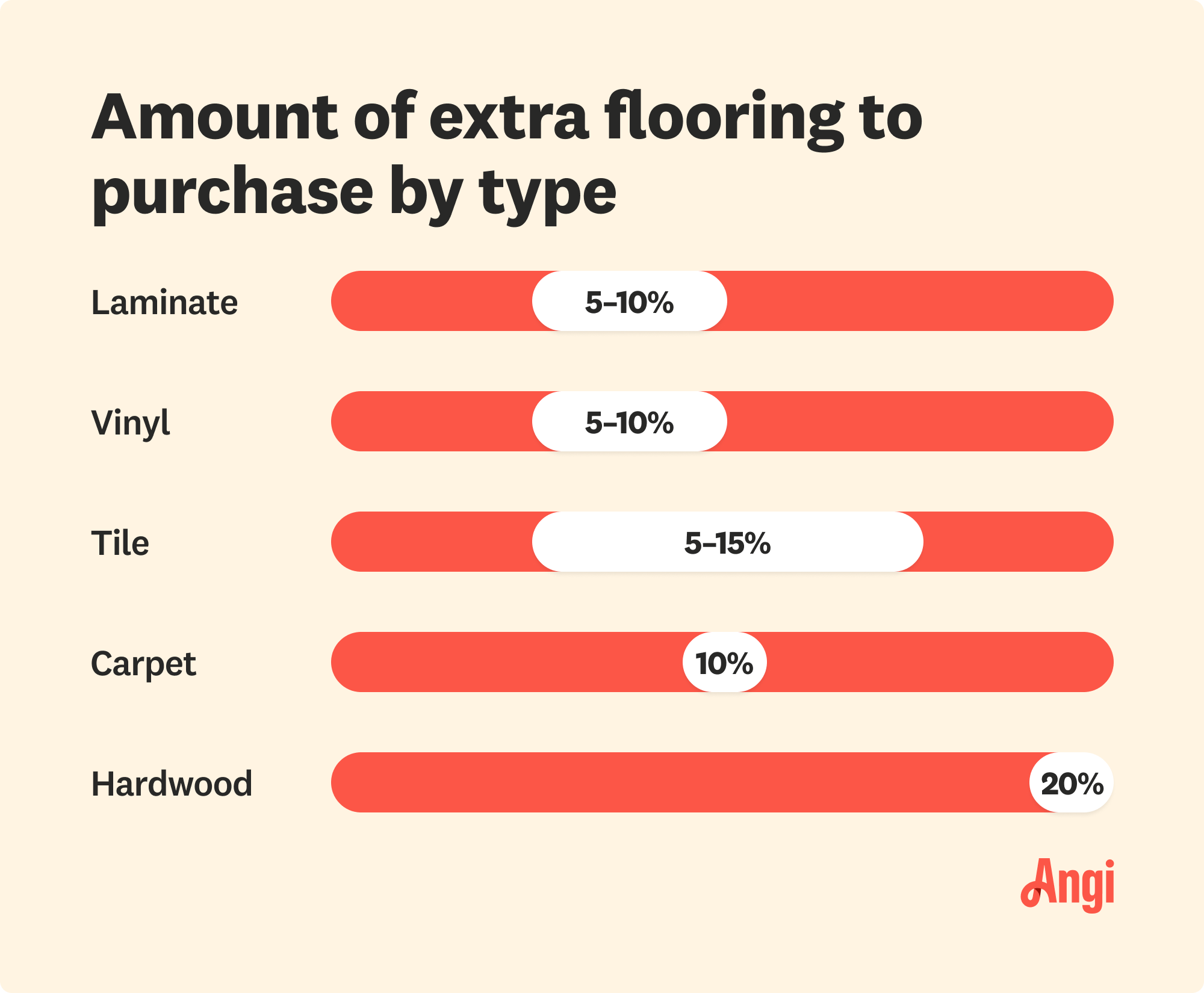
In general, buying an extra 10% to 15% of your flooring material is a good rule of thumb, but you may want to buy a little less or more depending on the type of flooring material you’re installing. For instance, you may only need to buy an extra 5% for laminate, vinyl, or tile, while you may want to buy about 20% more for solid hardwoods.
Determining the size of your room is the first step before you can account for how much extra flooring to buy. Fortunately, calculating square footage for a square or rectangular room is straightforward: you simply measure the length of the room, then the width, then multiply the two numbers.
If you have any recessed or protruded areas, think of those as their own little rooms. Measure the length and width of the outlier area, and multiply the numbers to get the area in square feet of that section of the room. For recessed areas, subtract their area from the square footage of the room; for protrusions, add their area to the total square footage of the room.
Then, once you know the square footage, multiply that amount by 0.05 for 5% extra, 0.10 for 10% extra, 0.15 for 15% extra, or 0.20 for 20% extra to know how much extra flooring to buy.
Things can get more complicated if you’re trying to measure stairs to determine the amount of flooring you need. Follow the same pattern as measuring for a room’s square footage, but for the different parts of the stairs.
For example, measure the width and length of each landing of the stairs, then multiply the numbers to get the square footage of each landing. Measure the length and width of the tread of one stair, then multiply these two measurements to get the square footage of the tread. Then measure length and width for the riser of one stair, and multiply for square footage.
Finally, multiply the square footage of one tread times the number of stairs, and multiply the square footage of one riser times the number of stairs. You’ll then add the square footage for all the stairs and risers together to get a total, which you can then multiply by the percentage of extra material you want to buy.
Following the general 10% to 15% extra flooring guideline will typically cover any potential miscalculations or installation mistakes. So if you’re DIYing your new floor installation, you should also buy an extra box or roll or two of flooring to save for future repairs. You could end up using the extra 10% to 15% you bought during the installation, so keeping unopened flooring stored in the garage or attic may save you years down the line when your floors need to be fixed.
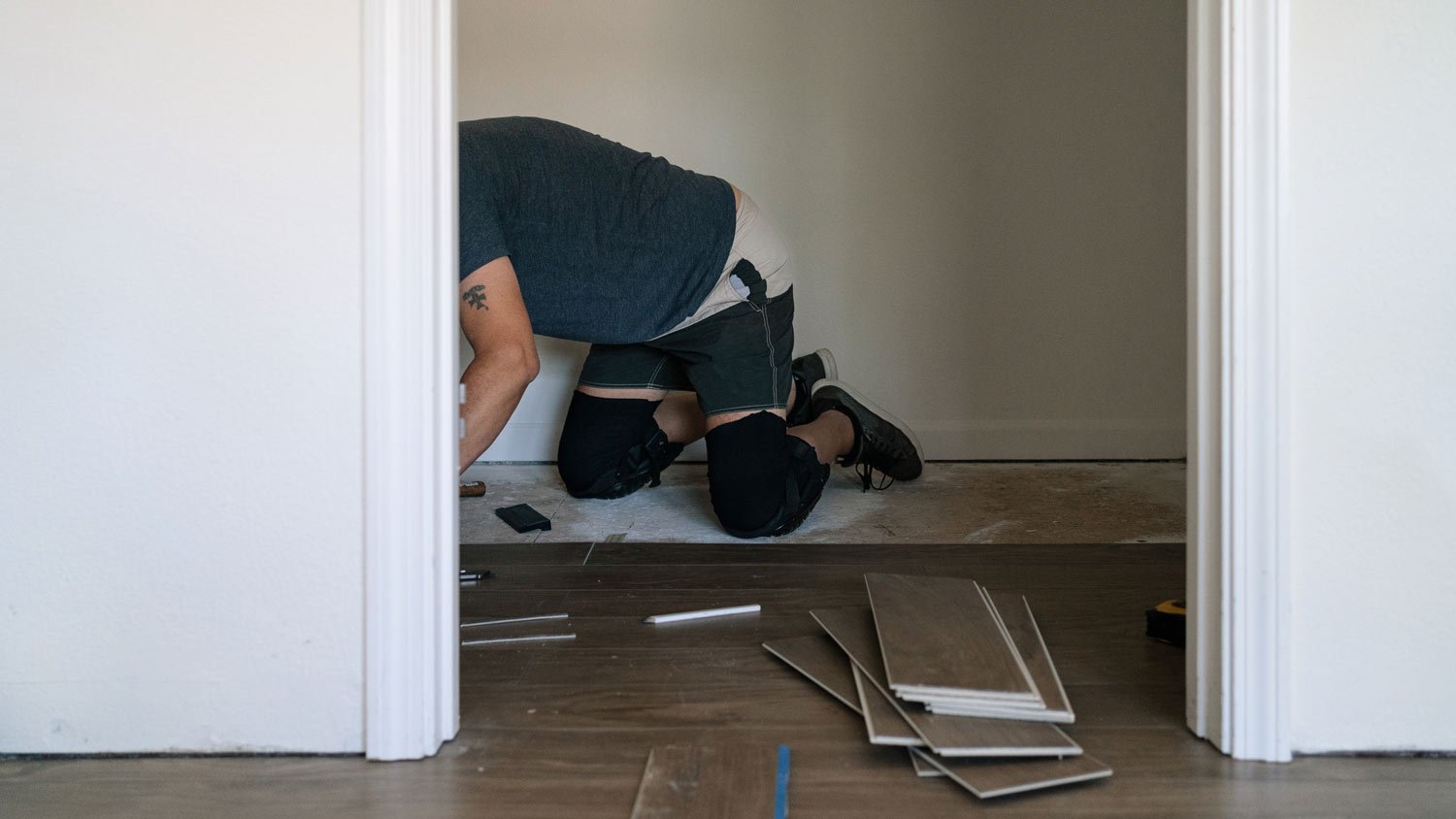
Buying extra flooring material isn’t a trick to get you to spend more. It’s actually a wise investment that can save you money and hassle in the long run, especially if you’re planning to install flooring yourself.
Even if you think you’ve measured diligently, you could miscalculate how much flooring you need. This is especially frustrating when you’re nearing the end of the flooring installation, only to find you have to rush to the hardware store to order more flooring, stalling your project.
Another common mistake is installing flooring planks or rolls incorrectly. This can cause you to have to rip up the improperly laid flooring and replace it with new material, which is easier to do if you already have extra materials on hand.
Fortunately, when you hire a local flooring company to handle the install, you can minimize the risk of improper measuring or wasteful mistakes, and instead you can simply buy a little extra flooring to reserve for future repairs.
Sometimes, manufacturer defects happen. The brand is likely to make things right with you as quickly as possible, whether that’s sending new flooring materials or refunding your money, but when you have extra materials on hand, you don’t have to press pause on your flooring project. Instead, you can move forward with the extra flooring you bought while you wait for the company to resolve the problem.
Maybe you dropped a heavy Dutch oven on the kitchen tile, causing it to crack, or a juice spill left a portion of your living room carpet deeply stained. When you have extra flooring materials stored away, you can easily make repairs as needed, rather than trying to hunt down an exact match for flooring you purchased years ago.
Flooring installation costs an average of $12.50 per square foot, although costs may range from around $2 per square foot to over $22 per square foot, depending on the material. If you’re covering a 400 square foot space and plan to buy an extra 10% to 15% of flooring material, it will cost an average of $500 to $600. When deciding on what flooring material you’d like, don’t forget to factor in the costs of buying extra flooring so you can stick to your budget.
From average costs to expert advice, get all the answers you need to get your job done.

Polished concrete floor costs depend on the size of the area you’re targeting and the style of concrete floor. Our guide breaks down all the cost factors.

Warm floors, warm feet. Learn how much radiant heated floor costs, types of radiant floor heating systems, and pros and cons.

Mobile home floor repair costs are similar to flooring repair costs in other types of homes. It all depends on the damage, size, and materials.
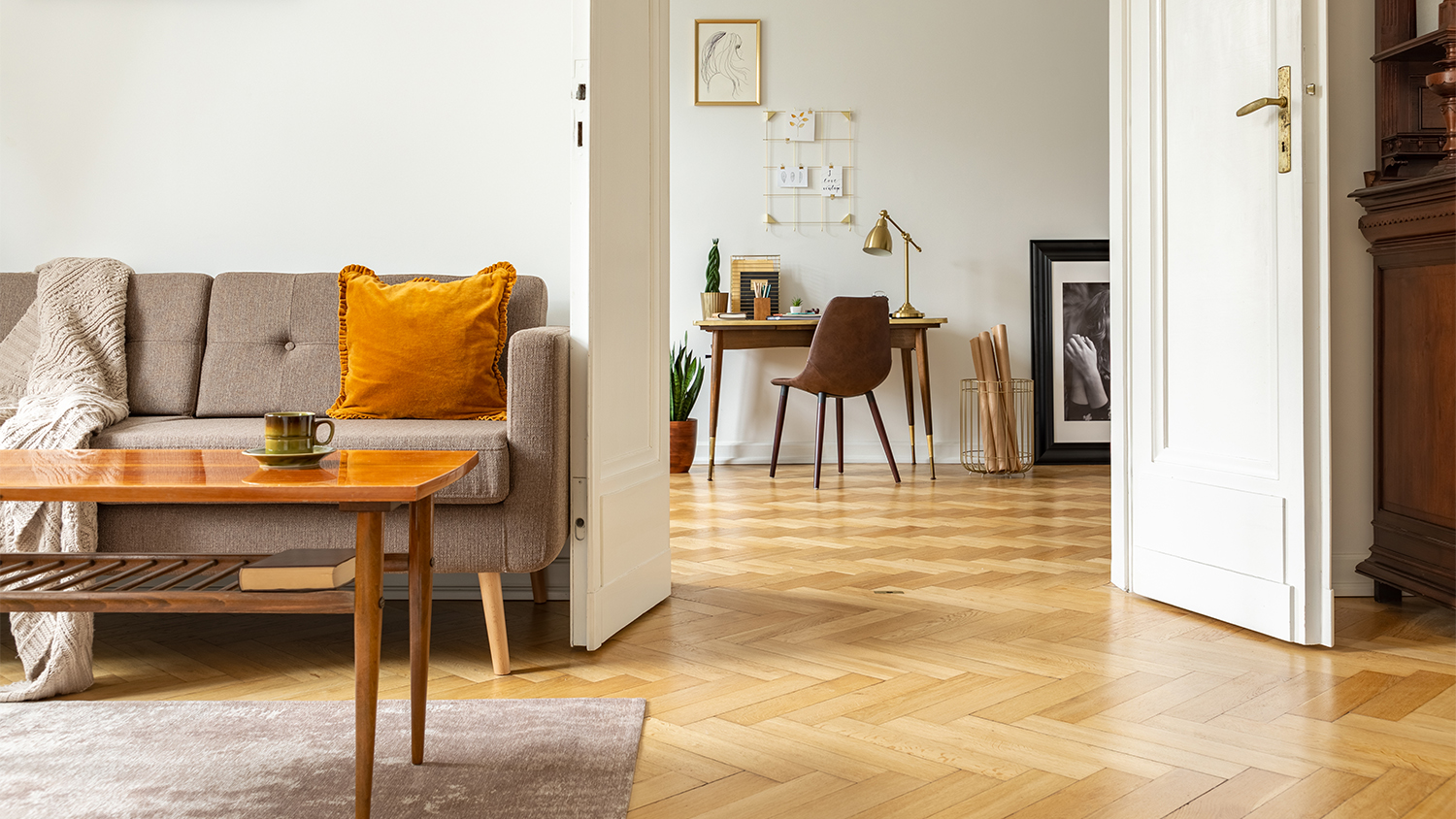
Updated flooring can make any room in your home feel brand new. Explore flooring installation costs in Phoenix, AZ, from materials to labor costs.
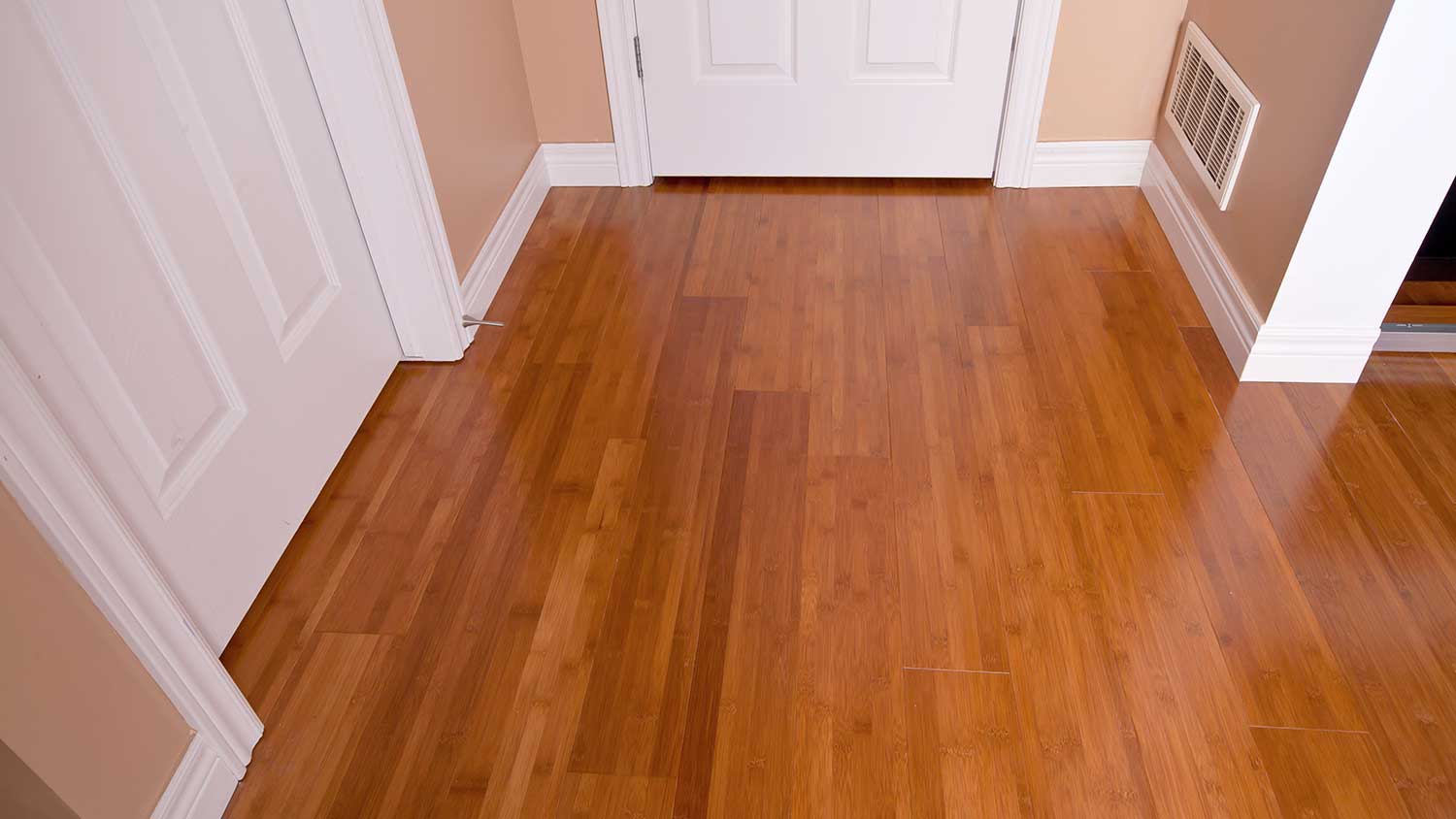
Updated flooring can make any room in your home feel brand new. Explore flooring installation costs in Boston, MA, from materials to labor costs.
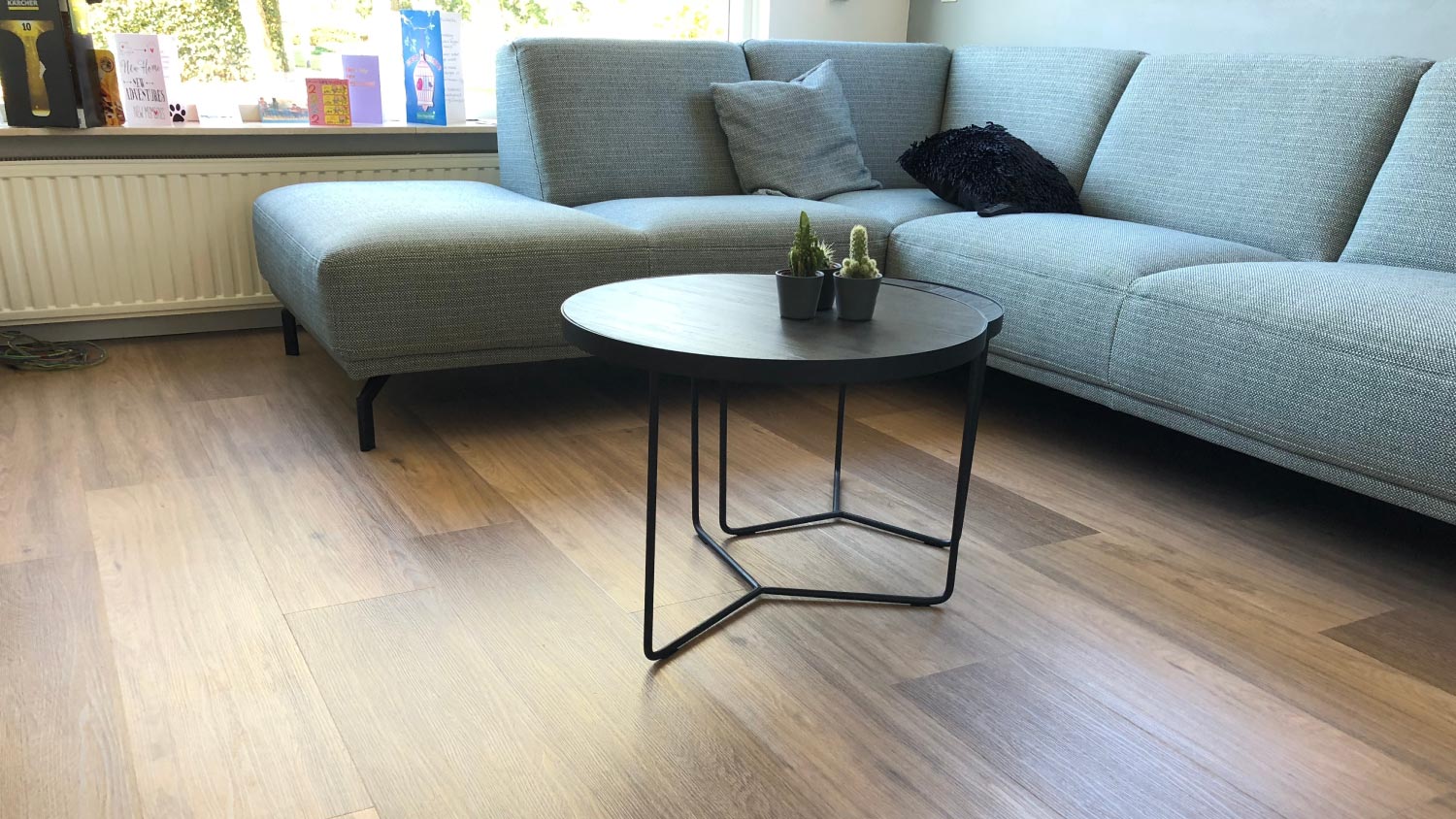
Updated flooring can make any room in your home feel brand new. Explore flooring installation costs in Atlanta, GA, from materials to labor costs.